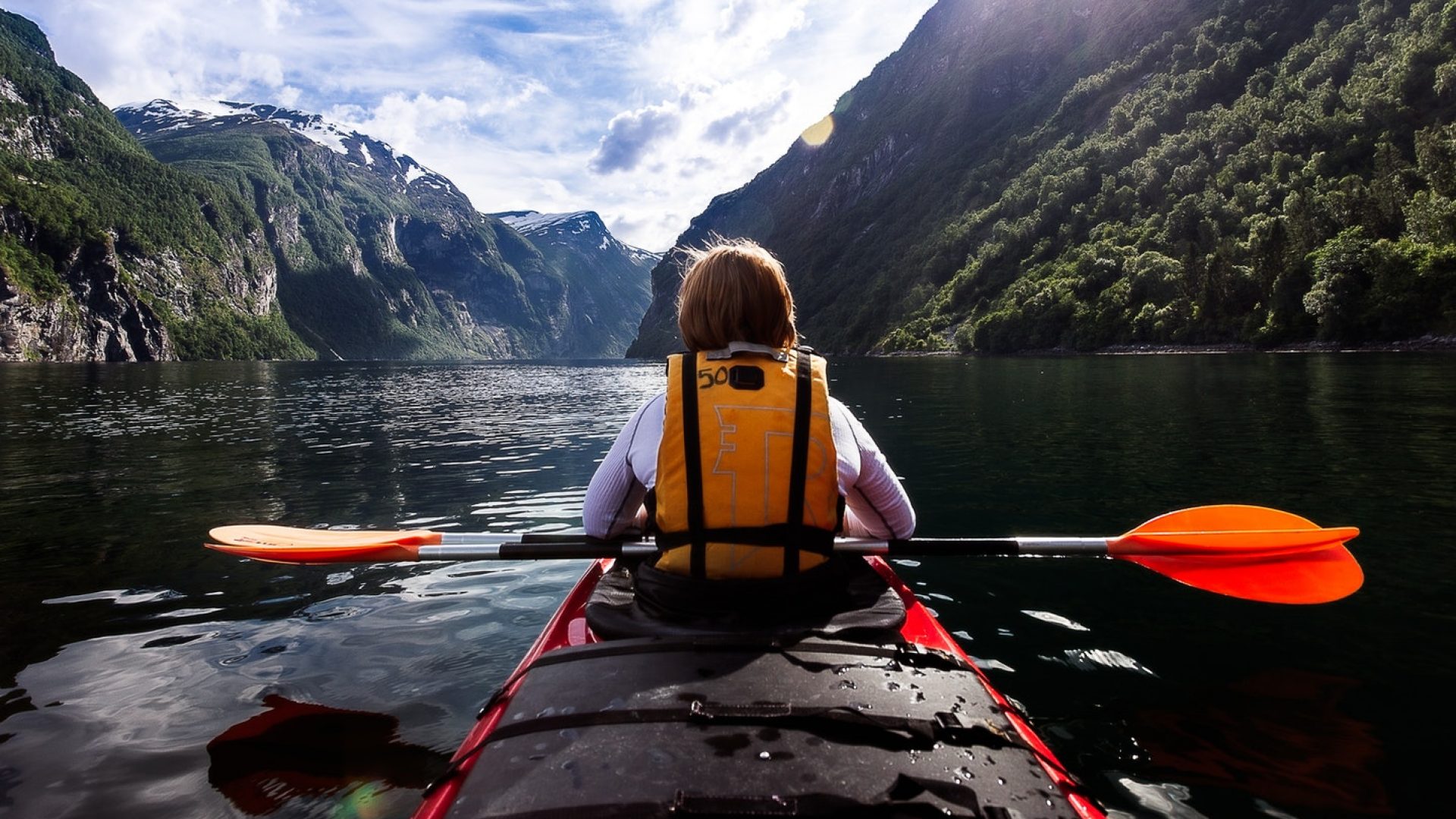If you love the great outdoors, but find it difficult to organize your gear, this Houzz article by Jeanne Taylor may help, with tips to best suite your needs no matter what size space you have. These ideas will take you right through summer and into the fall and winter, keeping your favorite gear safe and ready to use!
Warm-weather activities are among summer’s greatest pleasures, whether you prefer riding a bike, camping or paddling a kayak or canoe. But all these wonderful activities also can lead to an accumulation of outdoor gear — sometimes with no organized system for stashing it.
Here are some tips for storing your summer activity gear so you can easily find and use it this summer. Perhaps one or more of these ideas can serve as inspiration for storing gear in your home.
Before you start organizing, take stock of your gear and reflect on how often you’ve used the items in recent years. If you own items that you haven’t used in a while, think about whether you’ll continue to use them. If not, consider donating them, selling them or sharing them with a friend who might enjoy them more often.
Where to Store Camping Gear
As a professional organizer, I usually recommend that my clients store camping gear in the garage so they can quickly pack up the car for a weekend getaway. Consider using a sturdy shelving system, unless you have a garage closet or cabinetry system, which would also work. Tents, sleeping bags, sleeping mats, tarps and coolers should all be stored in the same area. You can purchase one or two clear plastic containers to hold smaller items like flashlights, matches, eating utensils, plates and cookware. That way, you can simply load these into the car when you’re ready to head out. Several smaller containers are usually more functional than one large container, which can get heavy.
If you do not have a garage, you could store your camping gear in a hall closet or extra bedroom closet.
Camping gear storage tips:
- To make getting away simpler, I recommend keeping a checklist stored with your equipment so you don’t forget anything for your trip. Your list should include all items you will typically want to bring along.
- After using your tents and sleeping bags, spot-clean them with cold water and a mild soap to remove any dirt. Be sure these items are completely dry before putting them away to prevent mildew.
- Store tents and sleeping bags loosely in cotton bags or breathable mesh bags (an old pillowcase will work well). Loosely fold your sleeping bag rather than rolling it tightly, as compressing a sleeping bag can eventually damage its fill. Avoid watertight storage bags for tents and sleeping bags, as condensation can build up inside of them and result in mildew.
Continue Reading the Full Article Here.




